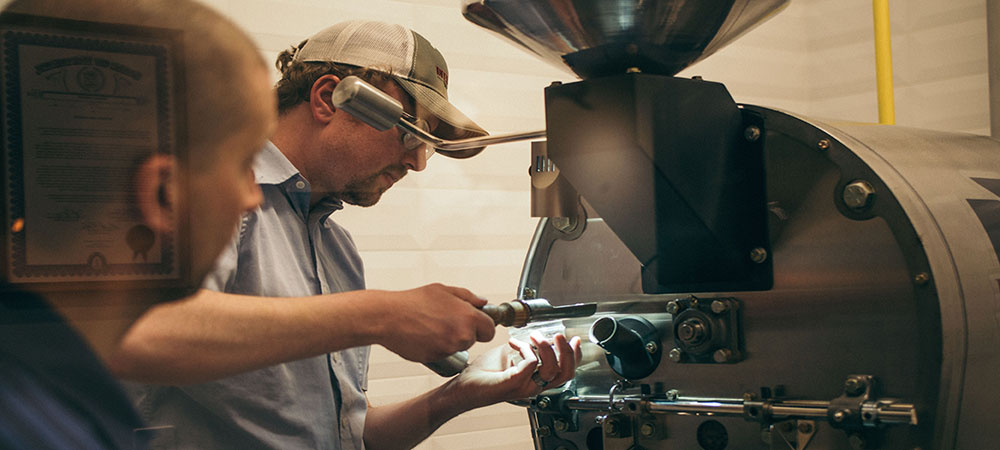The processes and tasks involved in quality control will change depending on the business and business needs, however, to implement this, there is a range of standard procedures that most manufacturers will follow. For example, a toolmaker will have a different set of requirements and analyses compared to an automotive engineer.
Here are some simple steps on how to implement quality control.
Inspection: This refers to the physical inspection of raw materials, products, machinery and components.
Testing: Tests and measurements are carried out to assess product performance, durability, safety and compliance with relevant regulations.
SPC: Statistical process control involved employing statistical techniques to monitor and control the manufacturing process and ensure production is operating smoothly.
Documentation: During quality control, detailed documentation must be kept where there will be recordings of any rest results to provide both traceability and analysis.
Process optimisation: Constant evaluation and improvements are made to the manufacturing process to enhance efficiency, minimise waste and reduce the risk of defects.
Training and skill development: All employees are provided with the necessary knowledge and skills to perform tasks successfully and in line with quality standards.
Regulatory compliance: Each manufacturing process and product will adhere to industry regulations, safety standards and lawful requirements.



